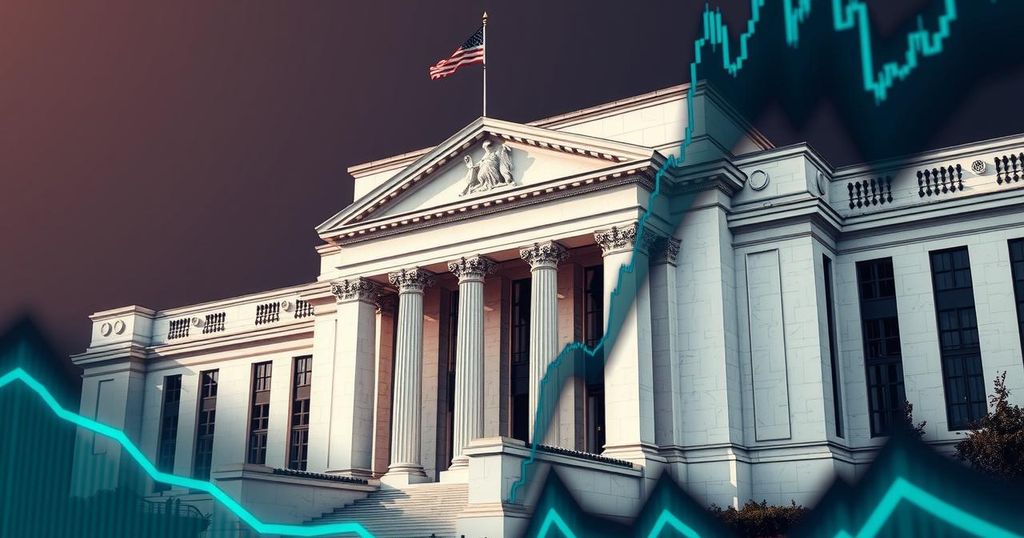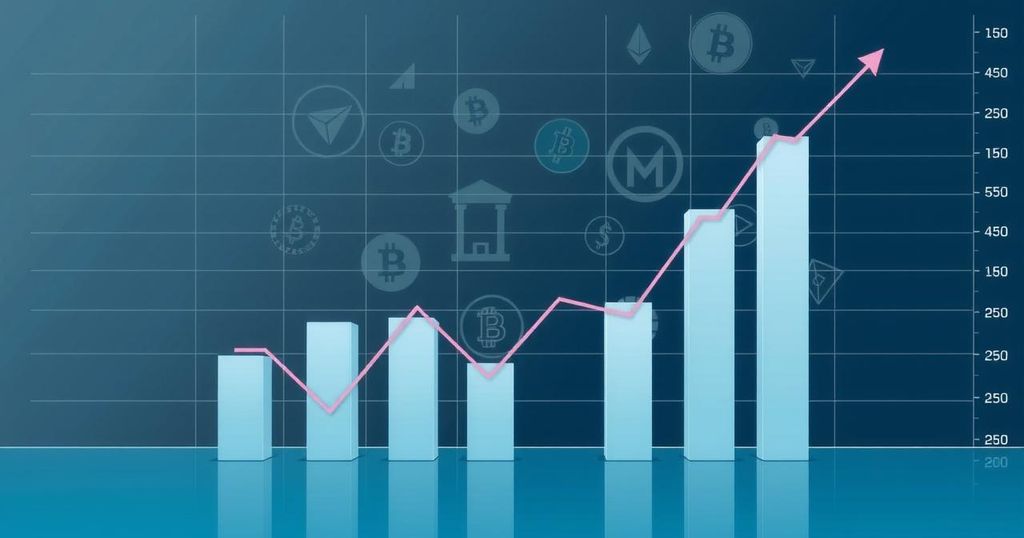Federal Reserve to Decelerate Rate Cuts as Economic Uncertainties Persist
The Federal Reserve is set to slow down rate cuts in 2025 due to stable economic conditions, despite uncertainties surrounding regulatory changes and inflation. Recent data shows that while inflation is projected to approach the 2% target, the timeline for this goal has been extended. Bitcoin’s value, significantly affected by these economic indicators, has dipped below $95,000 amid concerns about persistent inflation.
The latest minutes from the Federal Open Market Committee (FOMC) meeting reveal that Federal Reserve officials have determined to moderate the frequency of rate cuts scheduled for 2025. The Fed’s assessment indicates that economic conditions continue to remain “solid,” although uncertainties persist regarding potential regulatory changes and other influential factors such as impending trade disputes. Moreover, the inflationary ramifications of these policies remain unclear.
Despite an upward revision of last year’s inflation forecast and core inflation not falling as expected in 2024, Fed officials remain optimistic that inflation will trend toward the desirable 2% target, albeit at a slower pace than previously anticipated. Additionally, the U.S. economy shows resilience as economic activity remains robust, sustaining low unemployment rates.
In December, the Federal Reserve enacted a “hawkish” 25-basis-point rate cut, indicating a preference to curtail easing measures moving forward into 2025. This decision adversely impacted risk assets, including Bitcoin, which experienced a decline after rebounding above the $100,000 threshold. Recent U.S. economic data suggested persistent inflation, leading to a notable drop in Bitcoin’s value, which is currently priced at $94,129 according to CoinGecko. Furthermore, Bloomberg’s Mike McGlone has suggested that Bitcoin has become a leading indicator for risk assets due to its significant correlation with stock performance.
The Federal Reserve’s decisions concerning interest rates profoundly influence the overall economy, as they directly affect borrowing costs, investment, and inflation dynamics. Recent discussions have pivoted around achieving a delicate balance between encouraging growth and managing inflation. The FOMC’s minutes shed light on these deliberations, indicating a cautious approach amidst an uncertain economic landscape characterized by fluctuating inflation and labor market conditions. The relationship between regulatory policy changes and economic performance remains a focal point of concern for financial analysts and market participants alike. Bitcoin, known for its volatility and responsiveness to macroeconomic shifts, has also drawn attention as a potential barometer of risk in financial markets. Analysts are increasingly observing its correlation with traditional assets, establishing its relevance in broader economic discussions.
In summary, the Federal Reserve’s decision to decelerate the pace of rate cuts in 2025 stems from a commitment to navigating complex economic conditions characterized by sustained low unemployment and persistent inflation. This cautionary stance has ramifications for risk assets, notably Bitcoin, which has displayed high sensitivity to inflation data and monetary policy shifts. As economic actors continue to observe these developments, the interplay between Federal Reserve policy and the cryptocurrency market will remain a critical area of analysis.
Original Source: u.today








Post Comment